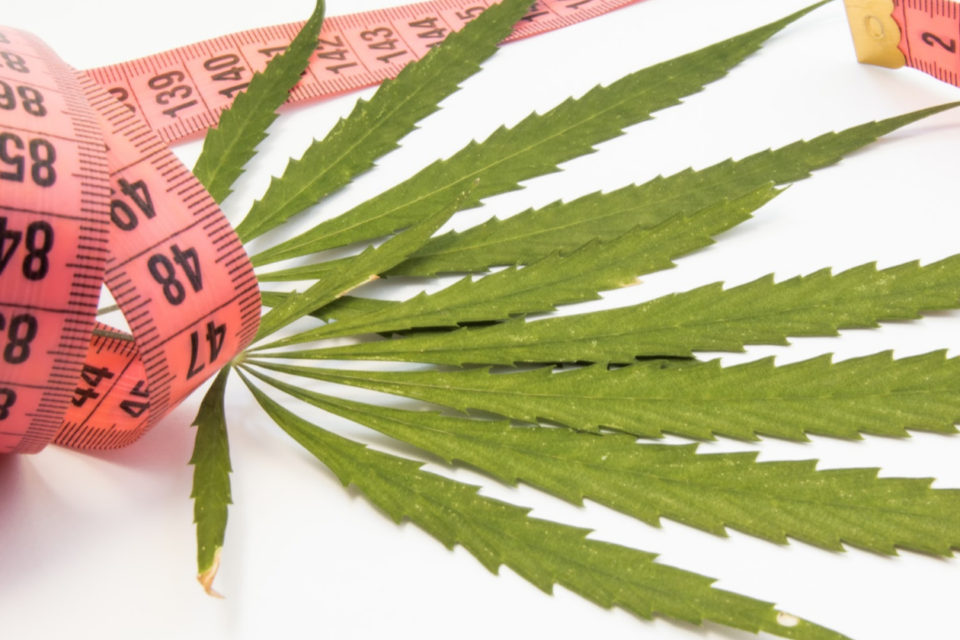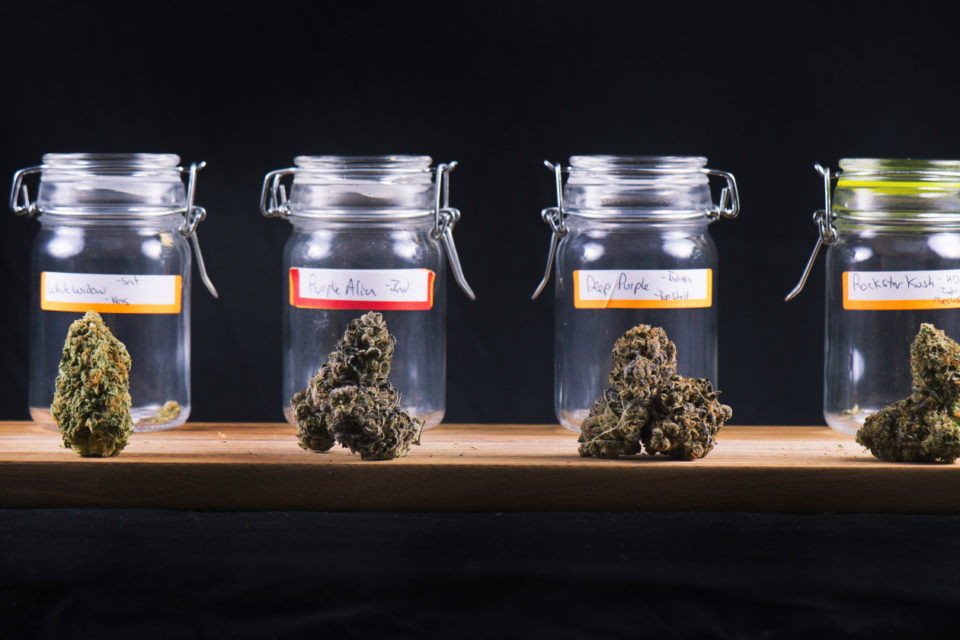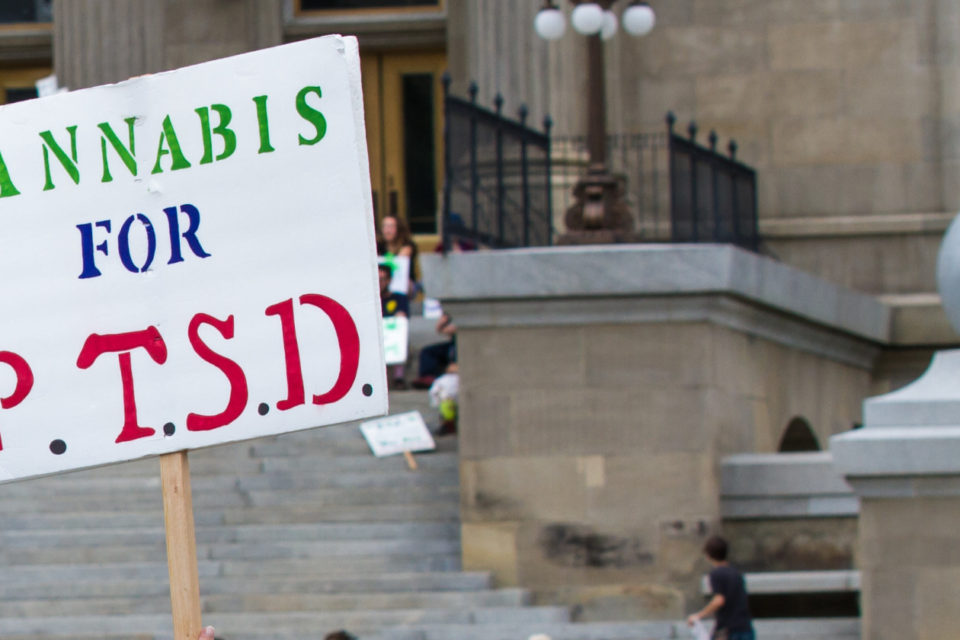Sure, we’re all familiar with cannabis smoked from a pipe or a joint. But cannabis in a lotion? If it sounds a bit strange, prepare to get your head straightened. Not only do cannabis topicals have a long history—dating back at least hundreds if not thousands of years—but they’re one of the most effective ways of delivering the plant’s potent pain-fighting and anti-inflammatory qualities directly to the site of injuries and strains. Here’s what you need to know about cannabis topicals, so you can add them to your wellness routine and give tired muscles a gentle, effective and all-natural lift.
Cannabis Topicals: What They Are, How They Work
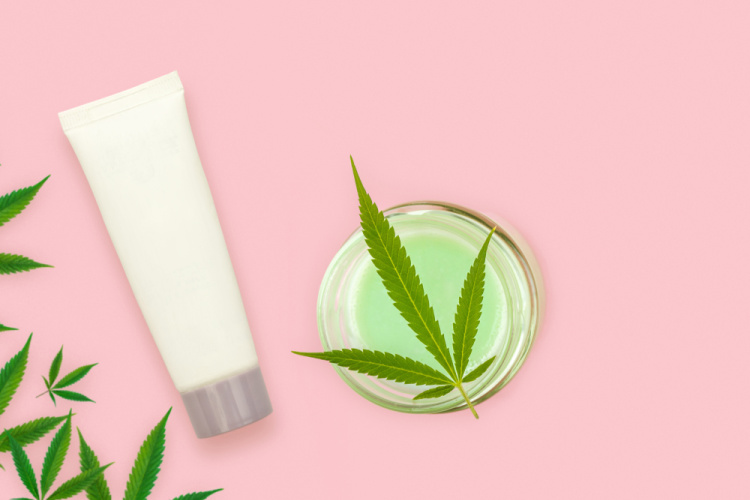
Cannabis topicals are nothing more than fresh cannabis flower extracted into creams, lotions or salve. Depending on the manufacturer, they’re formulated from the same bases as any other topical; coconut oil, beeswax, and cocoa butter are some of the more popular choices.
Topicals work by delivering cannabinoids—the major “active ingredients” in cannabis—directly to the site of bodily muscle and joint pain. While they’re not a “first aid” medication for serious injuries, they can deliver surprisingly effective relief to common aches, pains and strains. Cannabinoids such as THC and CBD exert powerful pain-killing and anti-inflammatory mechanisms, both directly at the site of injury and in the brain, where pain signals are actually perceived. In addition, many of the aromatic terpenes in cannabis add their own pain-fighting and anti-inflammatory properties to the mix, depending on how the topical was formulated and the cultivars of cannabis used.
Are topicals psychoactive? Generally not, although there are exceptions. Even if they contain THC—the only cannabinoid responsible for causing the “high”—topicals typically only penetrate the skin and don’t enter the bloodstream. That said, transdermal patches are specialized topicals designed to deliver cannabinoids to the bloodstream through the skin; like any other form of cannabis, these products can impart a “high.” If you’re ever in doubt, be sure to read the product packaging carefully (or reach out to us any time)!
Cannabis Topicals: What They Don’t Do
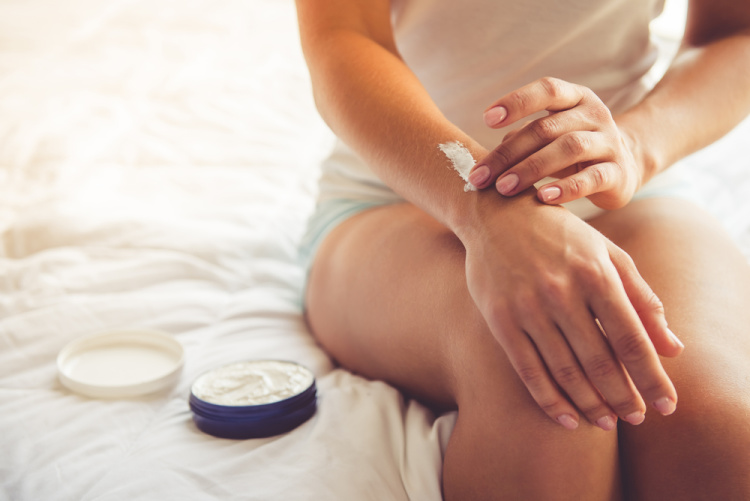
To get the most benefit from a cannabis topical, it’s important to set realistic expectations. As we hinted earlier, topicals aren’t intended for first aid, and they typically take about an hour or so to work. Once they’ve begun to counteract the pain, the effects typically last from 3 – 6 hours.
If you’re experiencing severe pain, topicals generally won’t deliver the “knock-out blow” of powerful pharmaceuticals like hydrocodone. That said, topicals are a remarkably effective way to address lower-level or chronic aches and pains. Rather than drowning out pain, they tend to deliver long-lasting, gentle and above all sustainable relief from symptoms.
If you require faster relief, you may want to consider a cannabis topical that includes with a tingly or warming component such as menthol. You could even using a topical in conjunction with an over-the-counter anti-inflammatory medication such as aspirin or ibuprofen for a long-term approach to chronic pain.
What’s more, topicals may have uses far beyond addressing muscle aches and pains.
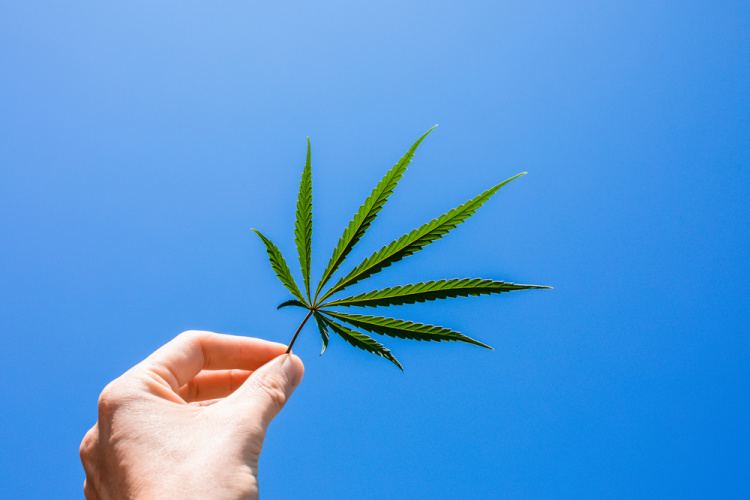
And as we hinted earlier, topicals are finding uses beyond their traditional roles. As an article in forbes.com explains, studies suggest cannabis is an effective remedy for some types of migraines and other headaches, and topicals can be just as effective as smoked or inhaled cannabis. Anecdotal evidence suggests topicals may also be helpful in treating psoriasis and other autoimmune conditions.
In conclusion, cannabis topicals are a simple and easy-to-use way to access the cannabis plant’s medical benefits. Do you have more questions about how to use topicals? Drop us a line any time; we’re here to help!

